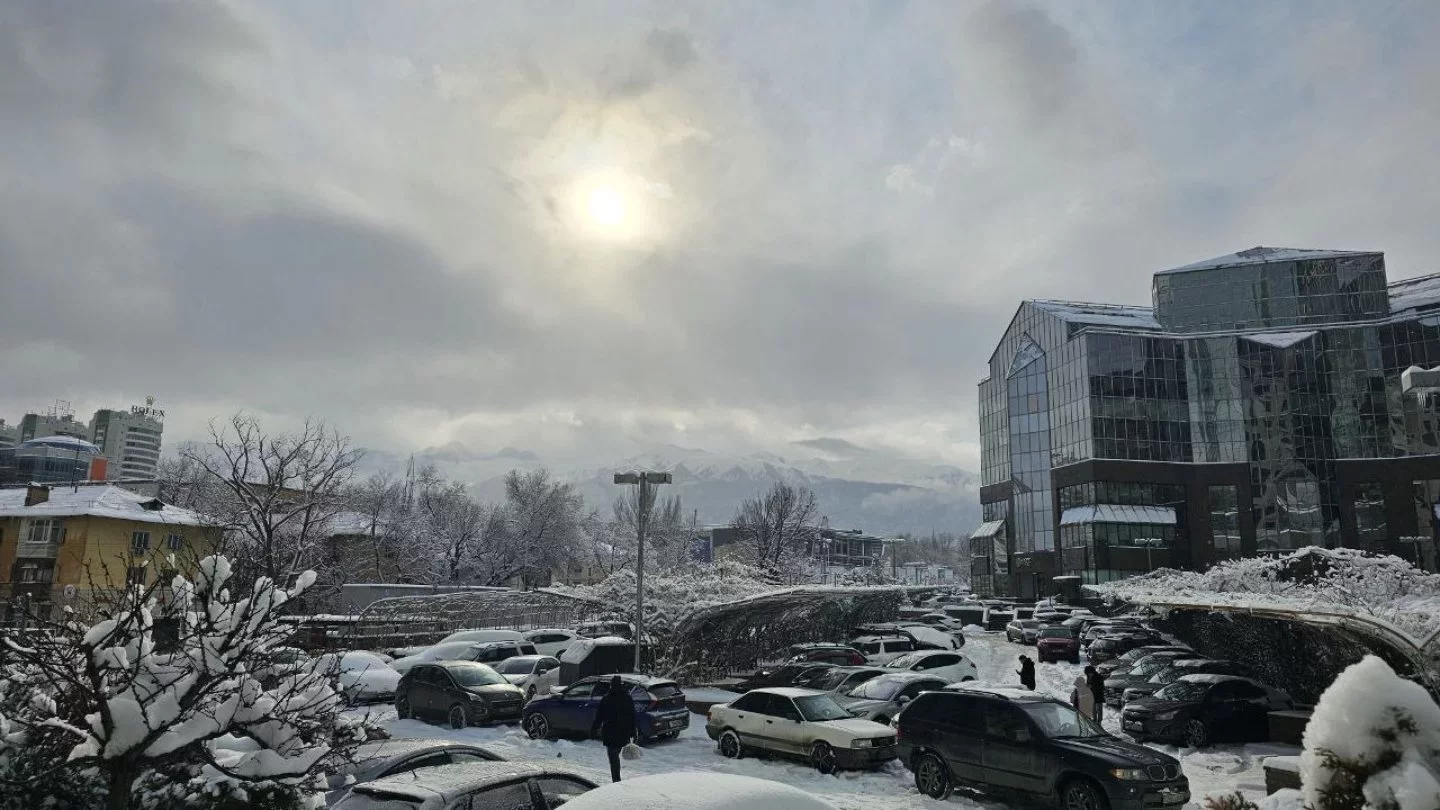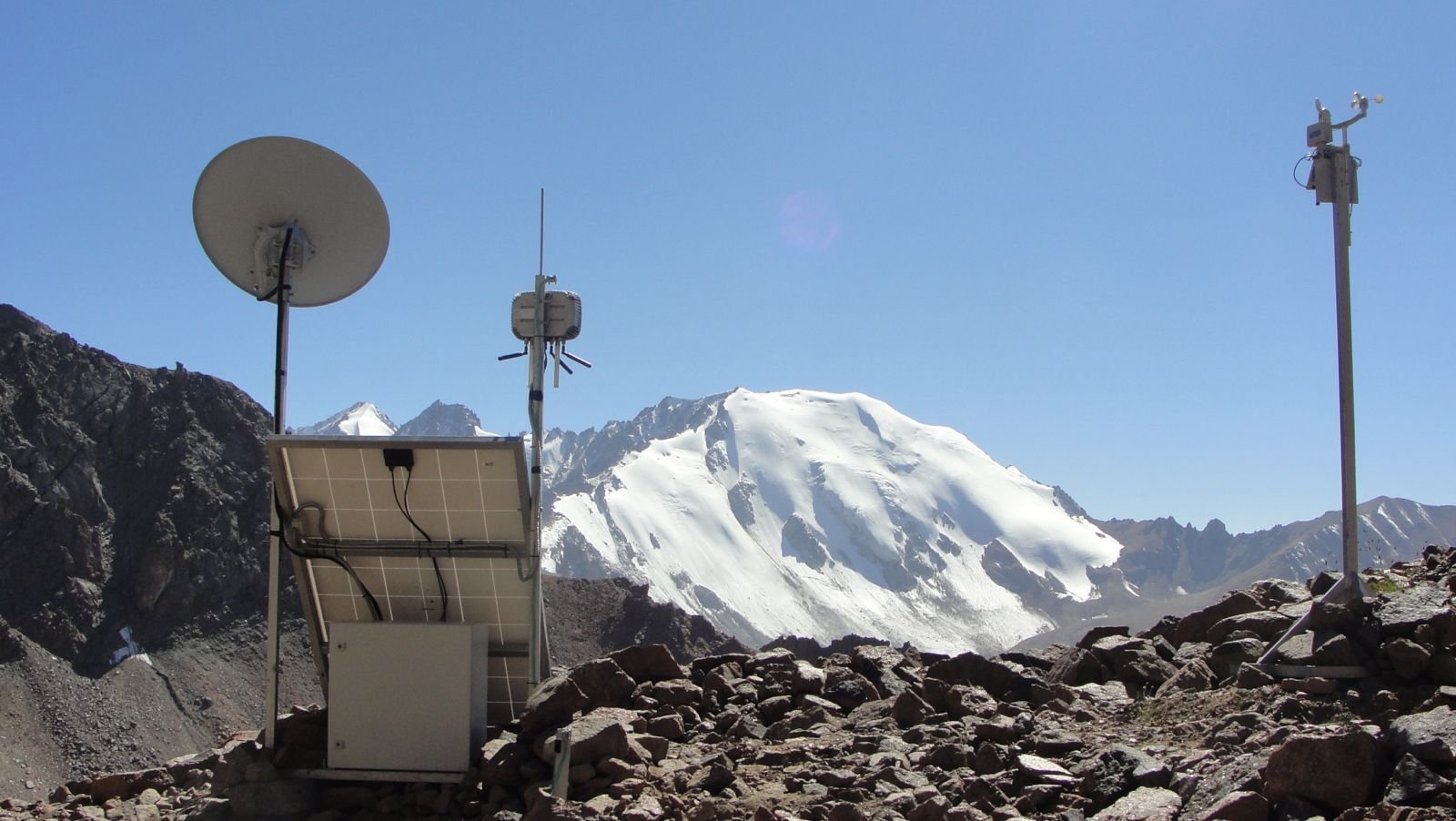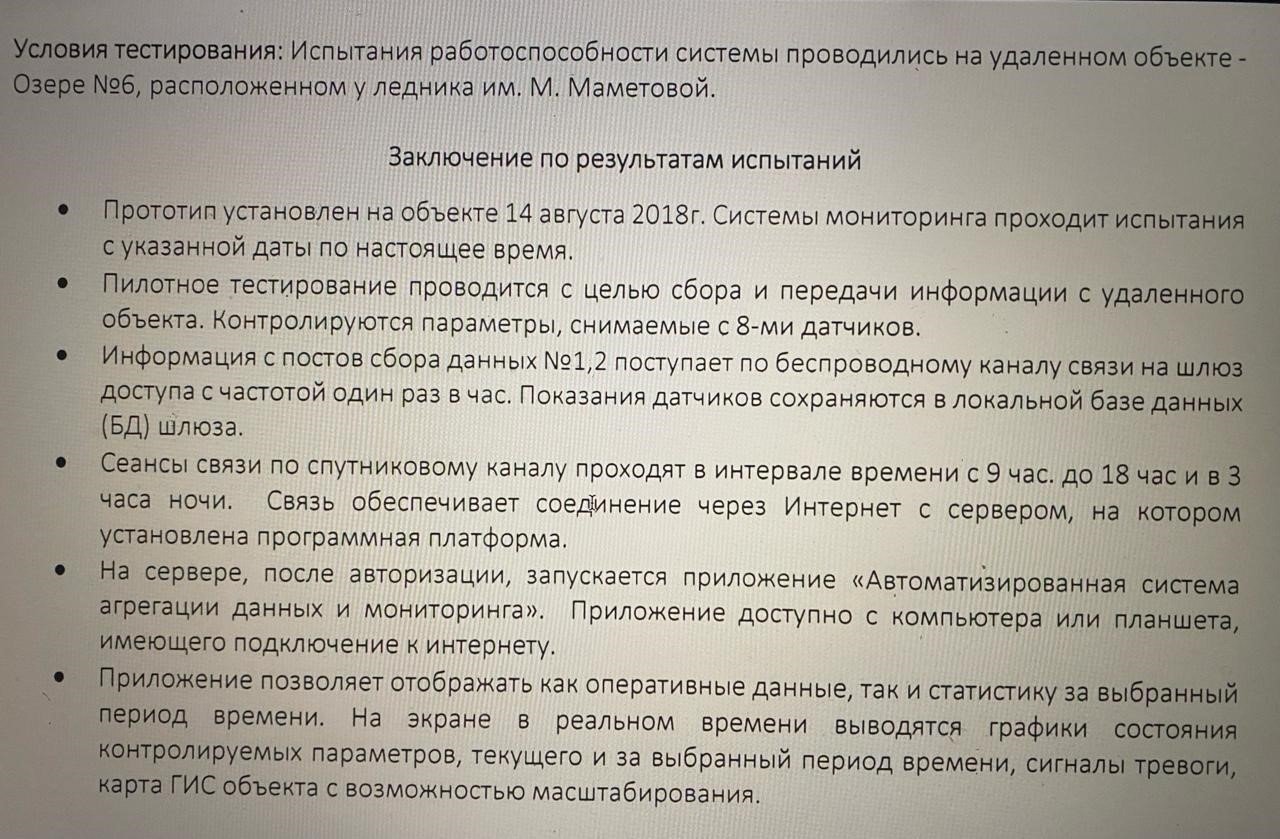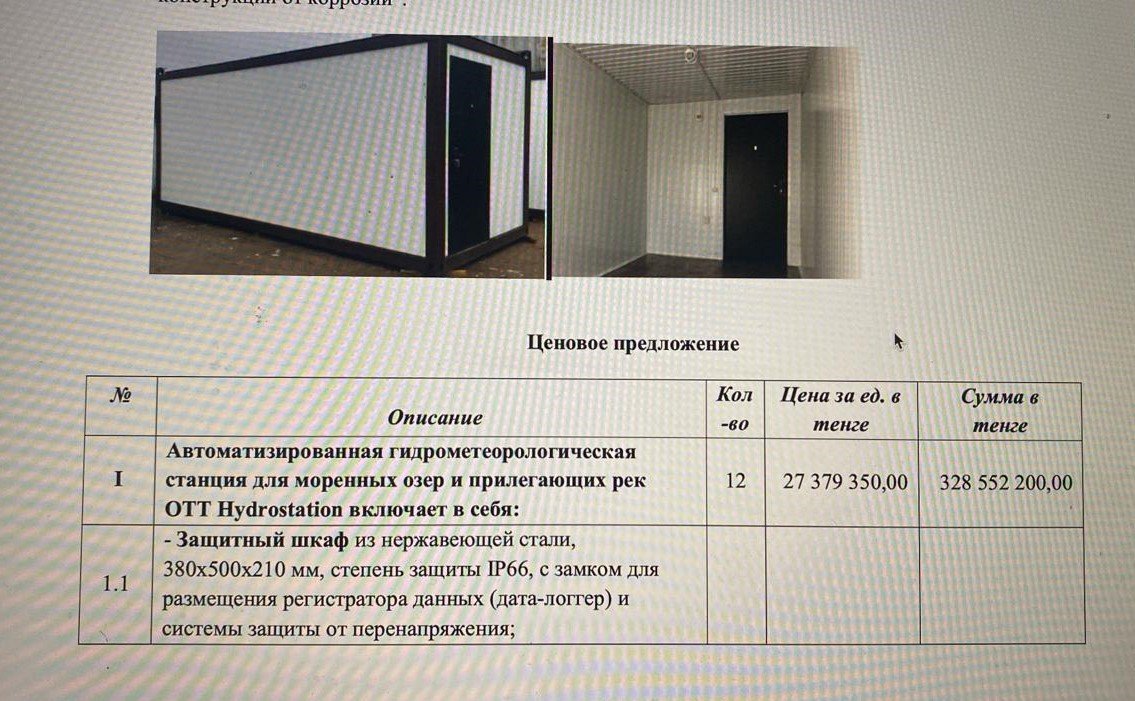Nurali Aliyev's Former Company Created 787 million KZT Mudflow Monitoring System
 Photo: Maria Gorbokonenko
Photo: Maria Gorbokonenko
On the night of February 8, a landslide occurred in the Almaty Tau Samal microdistrict, claiming the lives of four people: two adults and two 16-year-old twins. The emergency department dubbed it a mudslide, the main cause of which was anthropogenic factors. As it turned out, the former company of the ex-president's grandson, in addition to seismic stations, created a system for monitoring mudslide-prone areas of the metropolis. Orda’s Investigation Department Orda.kz has looked into the situation.
On the night of January 22-23, Almaty residents felt a series of strong tremors. The 1.1 billion tenge notification system did not work as intended. The department explained that it is being tested. This will purportedly end in mid-2024.
The company that won the tender for the installation of seismic stations had been associated with the grandson of ex-president, Nurali Aliyev. On the day of the earthquake, the organization’s founder (stakeholder) changed. If at the time of writing the previous investigation, Orazgali Nurmashev was listed as the owner of TNS-INTEC LLP, now the company belongs to Dauren Shangereyev. He also holds the director's chair.

The LLP also owes more than 21 million tenge for corporate income tax.

As Orda’s investigation department found out, 28 seismic pavilion stations for the automated early warning system for severe earthquakes in Almaty (ASRO) have a several-year history.
How to Monitor Moraine Lakes
The initial issue was far from being a matter concerning seismic sensors. It was about monitoring moraine lakes. The monitoring was carried out "manually": Kazselezashchita and emergency personnel were on duty at the reservoirs from spring to autumn. The teams lived on the territory for two weeks on a shift basis.
What is a moraine lake? Retreating, a glacier leaves behind huge masses of detrital material (moraines), which consist of clay, sand, crushed stone, and rock fragments.
A moraine lake is a depression that is extremely unstable and dangerous. At any moment, the water accumulated due to the melting of the ice can collapse downwards. The peculiarity of moraine lakes is that they can appear and disappear at any moment. They are divided into seasonal and stationary ones: the former appear and disappear, while the latter’s water volume persists for a long time.
Because the temperature rises in the summer, ice melts intensively, forming an outburst that leads to mudflow. So as not to miss this, people are on duty at a moraine lake.
Agencies needed a monitoring system for mudflow-prone areas to eliminate the human factor. In the fall of 2018, developers presented such a monitoring system at the Manshuk Mametova Lake. In real-time, they showed how the installation would work. An employee of a subcontractor involved in the project, who wished to remain anonymous, told Orda’s Investigation Department about this. His name has been changed.
We installed a sensor system at Manshuk Mametova Lake, above Shymkent, which was supposed to collect data and monitor the weather situation on mudslide-prone moraine lakes. What is the monitoring? There are about 400 moraine lakes near Almaty, about 30-50 pose a mudflow hazard, and 28 lakes among them were identified, it was advisable to monitor them. The automated monitoring system monitors a lot of meteorological parameters: temperature, humidity, precipitation intensity, water level and temperature in the lake, and wind loading. It was assumed that the seismic sensor was also supposed to be there. A video camera was supposed to be the control method for assessing the presence of a lake within the territory, Ivan said.

What Did The Weather Station Prototype Look Like?
It was assumed that weather stations would be at 28 sites near moraine lakes and at the mouths of Almaty’s rivers. They were supposed to be an autonomous data collection network. Solar panels would presumably power the stations.
We needed to ensure autonomous operation when there is no sun. At least a day, and in a good way two or three, the station had to work and monitor the state of the lake. The technical solution was selected in such a way as to reduce the energy consumption of the sensors. To the point that we could turn them off at a certain moment. By achieving such high energy efficiency, we could provide a day of autonomous operation without any energy sources, only on batteries, Ivan explained.
Another feature of the stations was their mobility. The installation could be disassembled quickly and transported to a new location.
"It was assumed that the project would be in two stages: first 10 spots, then 18. And the third and fourth stage was to be access to the Turkestan region and East Kazakhstan region. The problems in mountainous areas are similar: there is a risk of mudflow hazard. Also, the Institute for Glacier Research from Switzerland became interested in our installation. They wanted samples for the Pamirs, Tajikistan and Kyrgyzstan. They were focused on glacier monitoring, the representative of the contractor shared.
11.3 Million Tenge for One Weather Station
According to the developers' plan, various sensors are connected to the central node of the weather station. Data was to be transmitted via satellite to the control center. A special rail was installed to verify the readings by water level and temperature.


Various transmitters/sensors can be “attached" to the aggregation node: seismic, meteorological, or any other. And the cost of these sensors plus the central aggregation node is very low. In fact, the entire equipment of the monitoring station is shown in the photo, there is nothing worth tens of millions. In the pilot project, we tested different types of sensors and batteries, developed various engineering solutions to ensure ease of installation and transportation, Ivan said.
On October 1, 2018, the developers provided the results of the pilot prototype "Data Collection and Parameter Monitoring System". Information from the collection points was received wirelessly once an hour. It was possible to check the prototype data on the lake named after Manshuk Mametova on a computer or tablet by logging in to the Automated Data Aggregation and Monitoring System application.
According to the prototype’s developers, the cost of one station in March 2018 amounted to 11,363,075 tenge. This included seven sensors, a photovoltaic panel, a charge controller, an extended temperature range complex, charge monitoring software, a satellite terminal, and a fee for six months of Internet use. The price did not include the delivery of the object to the location. The mountainous terrain necessitated renting a helicopter.



Subcontracting Offer
In 2019, the client, i.e. The Emergency Department of Almaty, announced a tender for the construction of weather stations. The department also asked for vandal protection - a three-by-three-meter fence along with an HD video camera. The final cost for a potential general contractor thereby increased to 30-40 million tenge per station.
By that time, competitors had already appeared who offered imported systems, which also became a factor in a sharp increase in the cost of the complex,Ivan said.

As a result, two companies — TNS-INTEC LLP and MTU QUARTZ LLP (Ivan acted as subcontractors of this company) came to the finish line for the construction of an automated monitoring system. The system was meant for mudflow hazards in the basins of the Kishi and Ulken rivers in Almaty, Kargaly, and Aksay. The winner ended up being TNS-INTEC LLP. At that time, the TNS-INTEC LLP was associated with Nurali Aliyev.

We understood that they had no experience and no technical solution. Representatives of TNS-INTEC approached us with an offer of cooperation. They offered to take a technical solution for weather stations from us. We agreed because there were no other options. We gave them part of the solution, but at a certain stage, we had doubts about whether they wanted to work with us at all. The deadlines for the execution of the project were clearly stipulated, but there were no actions on the part of TNS-INTEC to sign the contract. They asked for information from us, but there was no feedback. We gave an ultimatum, and in response, we received that our option was very expensive. They decided to look for cheaper deals. It was later that we learned that TNS-INTEC is closely tied to Nurali Aliyev. Logically, we could not compete with them, Ivan said.
According to the technical specification, TNS-INTEC employees carry out work on the erecting/construction of non-residential buildings for 787 million tenge, including VAT. In other words, they are engaged in the "construction of an automated monitoring system for mudflow hazards in the basins of the Kishi and Ulken rivers of Almaty, Kargaly and Aksay."
 According to the explanatory note provided by TNS-INTEC, the automated monitoring system includes 31 monitoring stations.
According to the explanatory note provided by TNS-INTEC, the automated monitoring system includes 31 monitoring stations.

The project was implemented in two stages — in 2019 and 2020. The locations were coordinated with Kazselezashchita.


Where Should Stations Be Located?
It is clear from TNS-INTEC’s explanatory note that an automated mudflow hazard monitoring system has been installed:
In the basin of the Bolshaya Almatinka River: "Lake No. 13", "Kumbelsu in the tract of Mynzhylki", "Kumbel Hydropost, "Dam", "Lake No. 1, Pass-through river", "Lake No. 10", "Koksheka Gorge", "Pass-through", "Ayusay", "Hydropost above BAO", "HPP — 1 bridge over the river", "Dam of the Great Almaty Lake" and "Log Milyutinsky”
In the basin of the Malaya Almatinka River: "Lake No. 6", "Shymkent", "Tuyuksu Gate Hydropost", “Sarysay Hydropost", "Medeu Dam", "Mynzhylki Dam", "Lake No. 1”, and "Beldebay River”
In the Aksay River basin: "Lake No. 8", "Lake No. 10", "Akzhar", "Tastybulak", "Left bank of the Aksay River", "Pioneer Camp" and "Aksay River below the mouth of Akzhar”
In the Kargaly River basin: "Lake No. 1", "The left bank of the Kargaly River" and "Dam".
The list mentions "Lake No. 1" twice.
Are Stations Working?
According to the subcontractor’s employee, in the summer of 2023, the Emergency Department asked them to check the equipment that was installed by TNS-INTEC according to the tender.
The client requested to activate the stations, but we turned them down. We would be happy to help, but we don't know what they've done there. Yes, part of the technical solution was ours, but the rest of the things, like solar panels, they selected themselves. We will no longer engage in taking other people's systems and transferring them from one place to another. And they asked to transfer it to the emergency department because the TNS-INTEC employees also do not want to touch them, apparently. They are paid for maintenance and technical support. They explained to us that the system does not work as it should. It should be an automated network, but it is not. They had a weather station, and at best there was a computer next to it with an operator who transmitted the data. There was no talk of any automation, Ivan shared.
As for the seismic stations that are currently being tested, their operation also remains in question. The same technical solution was used for both projects. The functionality of the station depended on the type of sensors and the initial requirements set out by the client.
Original Author: Maria Gorbokonenko
DISCLAIMER: This is a translated piece. The text has been modified, the content is the same. Please refer to the original piece in Russian for accuracy.
Latest news
- Kazatomprom Signs Memorandum on Uranium Supply with Slovak Power Company
- Energy Ministry Proposes Canceling CT-KZ Certificate for Local Producers
- Kazakhstan Wins Four Medals at International Chemistry Olympiad
- Trump Announces New Patriot Missile Deliveries to Ukraine After Talks with Putin Stall
- Former Special Prosecutor Olesya Keksil Named as Suspect in Torture Case
- Trial Begins for Perizat Kairat Accused of Embezzling 3.5 Billion Tenge
- Week In Review: Tensions, Diplomacy, and Accusations Roil the South Caucasus
- KNB And Antikor Merger: Orda.kz Examines the Evolution of Kazakhstan’s Security Service
- Toqayev Briefed on Kashagan Gas Plant and Pipeline Expansion Projects
- Storms and Scorching Heat Forecast Across Kazakhstan From July 15
- Kazakhstan Proposes Lower Language Threshold for Citizenship Exam, Raises Constitutional Knowledge Requirement
- Digital Nomad Residency: Authorities Respond to Technical Complaints
- Toqayev Sends Bastille Day Greetings, Emphasizes Strategic Ties With France
- KNB Chief Sagimbayev: From Terrorism to Cybercrime, Kazakhstan Faces Complex and Evolving Security Threats
- Kazakhstan Establishes Presidential Reserve Fund Holding Up to 3% of Budget Revenues
- Scammers Posing as Security Agents Trick Architect Into Selling Property
- Ulytau Officials Respond to Fine: Blogger Was Penalized Over Unfounded Corruption Claims
- Kazakhstan Lifts Gallium Export Duty
- Chinese Firm Proposes to Fund New Port and Logistics Hub in Mangystau Region
- ForteBank Stock Soars on Home Credit Deal, Then Plunges 30% in a Day


